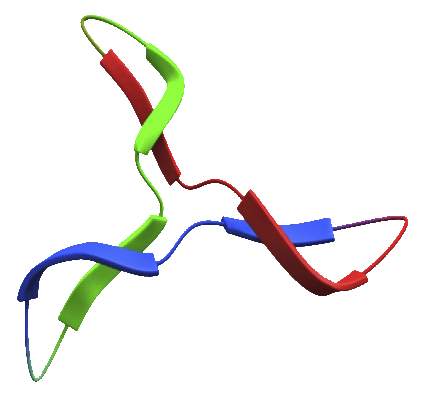RESEARCH AND DEVELOPMENT / PROCESS DEVELOPMENT SERVICES
Examples of Services Experience Relevant to Contract R&D:
Process Simulation Software:
Trimeric uses WinSim DESIGN II software for process simulation. This
is a time-tested steady state simulator with state-of-the-art capabilities.
Trimeric’s staff also has extensive experience with ASPEN PLUS and
other software for modeling aqueous chemical and physical solubility
equilibria.
Other: Trimeric Corporation meets government requirements for small
business classification. Trimeric has access to the full range of
laboratory capabilities through industry partners.
- Feasibility / due diligence reviews
- Literature studies (e.g., defining state of art techniques,
evaluating existing options) - Research program planning: concept definition, industry input,
program development - Planning, designing, building, & operating of complete process
units at laboratory, bench- (including bench units for the field)
and demonstration-scale process units - Scale-up of process units
- Performance proof testing / 100 hr continuous runs
- Design, implementation, and analysis of industry surveys on
processing topics - Develop basis for process designs, perform process simulations
- Prediction of phase equilibria for special or unusual components
or systems - Process concept and project feasibility studies
- Project economic analyses, cost estimating, rate of return
- Process and instrumentation diagram (P&ID) development
- Process design packages
- Hazards and operability (HAZOP) studies, Process Hazards
Analyses (PHAs) - Preparation of data to support patent applications
Examples of Services Experience Relevant to Contract R&D:
- Developed processes from concept through pilot- and, in some
cases, commercial-scale (e.g., R-BTEX, CrystaSulf, Double
Loop, BSRP, etc.) - Planned, designed, built, and tested multiple large
demonstration units (SulFerox, CrystaSulf, R-BTEX, Novel
Contactor for H2S scavenging, GRI scavenging test loop, Glycol
additives test system, Air-water mist eliminator test loop, etc.) - Used test results to create user-friendly computer applications (e.
g., GTI Direct Injection Scavenger Model) - Performed technology transfer (e.g., Fundamentals of H2S
Scavenging paper, Mist Eliminator Design and Specification
Guide, Acid Gas Removal guide, etc.) - Evaluated feasibility (technical and economic) of several
developmental processes (e.g., processes to produce clean
diesel, to break emulsions, etc.)
Process Simulation Software:
Trimeric uses WinSim DESIGN II software for process simulation. This
is a time-tested steady state simulator with state-of-the-art capabilities.
Trimeric’s staff also has extensive experience with ASPEN PLUS and
other software for modeling aqueous chemical and physical solubility
equilibria.
Other: Trimeric Corporation meets government requirements for small
business classification. Trimeric has access to the full range of
laboratory capabilities through industry partners.


TRIMERIC CORPORATION